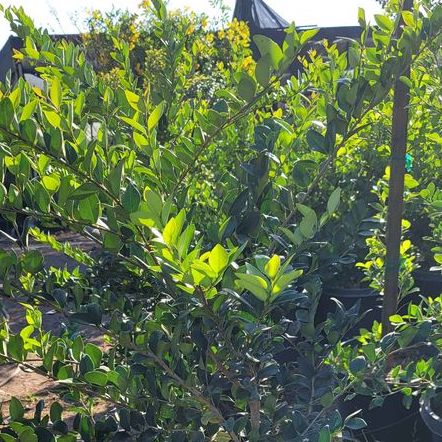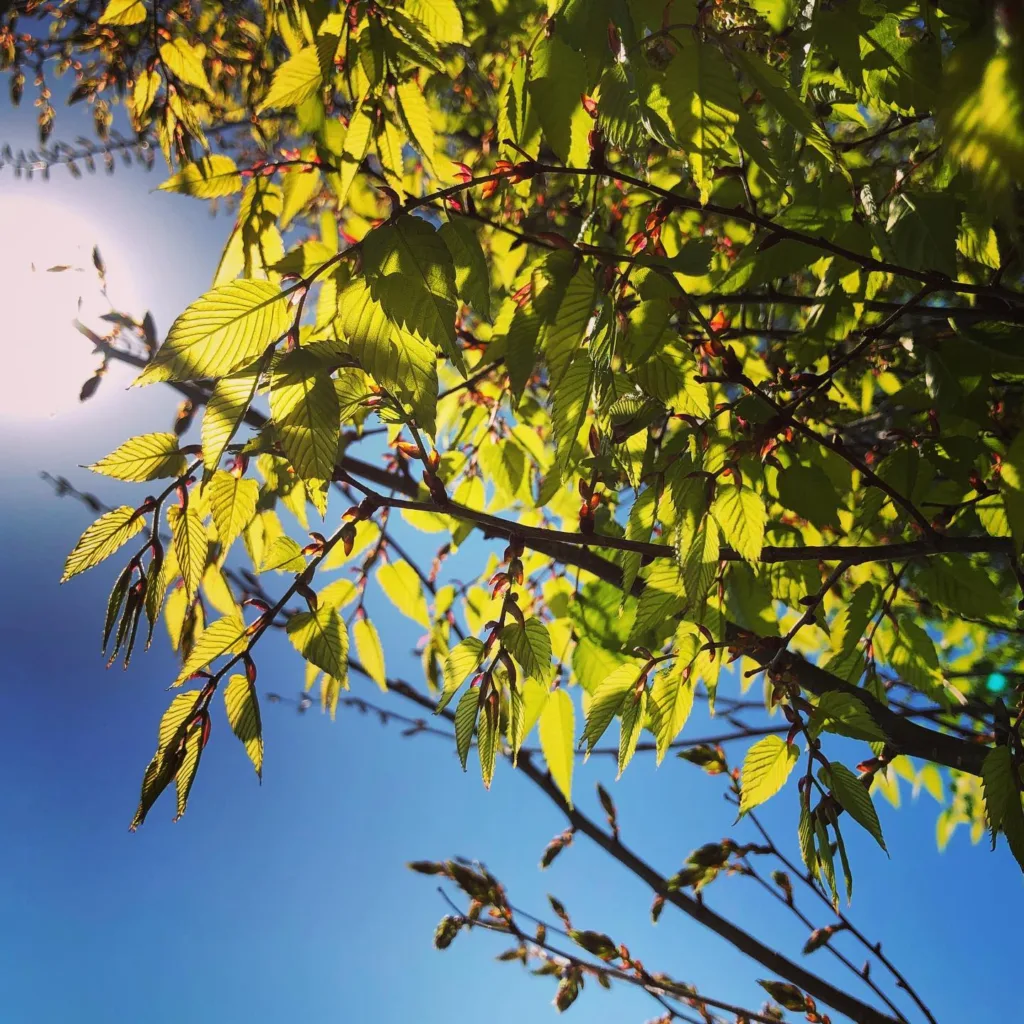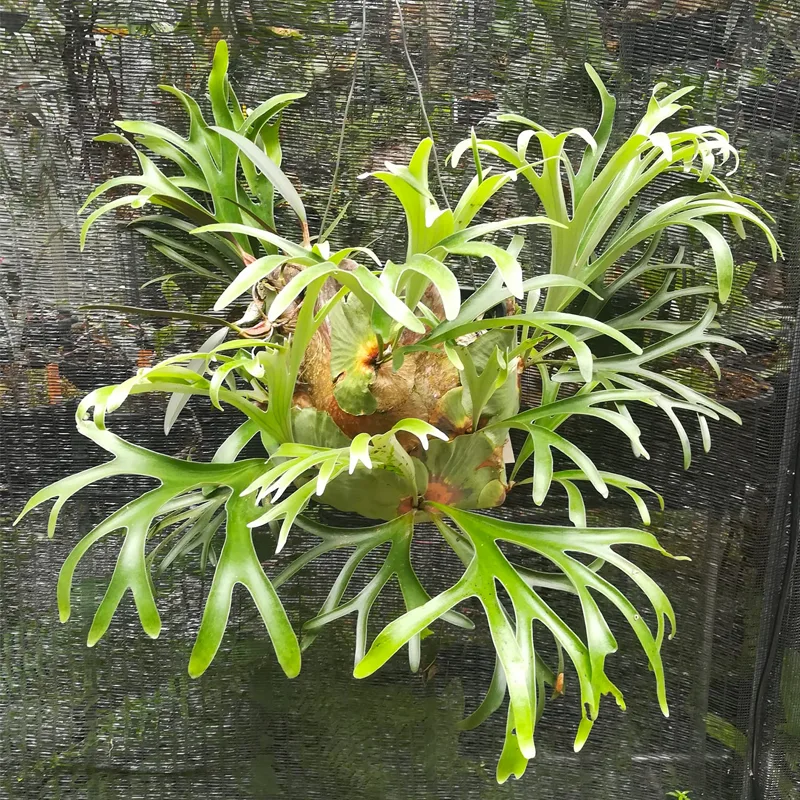How to identify Maple Leaf Viburnum?
Here’s how to identify Maple Leaf Viburnum (Viburnum acerifolium) in your garden or while you’re out and about:
206 Species in Genus Viburnum
Leaves:
- Shape: The most prominent feature is the resemblance to maple leaves. They are typically 3-lobed, with the central lobe being the largest and widest.
- Size: Leaves are generally 2 to 5 inches long and wide.
- Margin: The edges are serrated (have small, sharp teeth).
- Veins: Look for impressed veins on the upper surface of the leaves.
Overall Appearance:
- Habit: It’s a deciduous shrub, meaning it loses its leaves in fall.
- Size: Mature Maple Leaf Viburnums can reach 6 to 12 feet tall and wide.
- Leaf Arrangement: The leaves are arranged oppositely on the stems.
Seasonal Cues:
- Flowers: In spring, it produces small, white flowers in flat-topped clusters.
- Fruit: After the flowers, it develops white or pink berries that mature to a blue-black color in late summer or fall.
- Fall Foliage: One of its most attractive features is the stunning fall foliage. The leaves transform into shades of red, pink, or purple, adding vibrant color to the landscape.
Here are some additional tips for identifying Maple Leaf Viburnum:
- Location: It’s native to eastern and central North America, so if you’re in that region, it’s more likely to be a Maple Leaf Viburnum.
- Comparison: If you’re unsure whether it’s a Maple Leaf Viburnum or a maple tree, remember that the Viburnum is always a shrub and won’t grow as tall as a typical maple tree.
Are Maple Leaf Viburnum berries edible?
While some Viburnum species have edible berries, Maple Leaf Viburnum (Viburnum acerifolium) berries are not considered edible for humans.
Here’s a breakdown of the information:
- Wildlife: Many animals, like birds, enjoy the berries of Maple Leaf Viburnum.
- Unpalatable and Inedible: For humans, the berries are considered unpalatable and inedible due to their bitter taste and potentially mild stomach upset if ingested.
Is Maple Leaf Viburnum Invasive?
The answer regarding Maple Leaf Viburnum (Viburnum acerifolium) being invasive depends on the location. Here’s a breakdown:
- Native Plant: Maple Leaf Viburnum is native to eastern and central North America. In these regions, it’s not considered invasive. It plays a role in the local ecosystem by providing food and shelter for wildlife.
- Potentially Invasive in Some Areas: However, Maple Leaf Viburnum can become invasive when introduced to areas outside its natural range. Here’s why:
- Aggressive Growth: It can grow densely and spread quickly, potentially outcompeting native plants for resources like sunlight and nutrients.
- Disrupts Ecosystems: This rapid growth can disrupt the natural balance of the ecosystem, impacting native plant communities and the animals that depend on them.
Where to buy Maple Leaf Viburnum?
Since Maple Leaf Viburnum (Viburnum acerifolium) is native to eastern and central North America, you can easily find them at nurseries and online retailers that sell plants native to your area. Here are some options:
- Local nurseries: Many local nurseries carry native plants, including Maple Leaf Viburnum. This is a great option because you can ask the nursery staff for advice on planting and caring for your Viburnum in your specific climate.
- Online retailers: Several online retailers sell native plants, including Maple Leaf Viburnum. Be sure to choose a reputable retailer that ships plants healthy and delivers to your area.
Here are some additional things to keep in mind when buying Maple Leaf Viburnum:
- Planting time: The best time to plant Maple Leaf Viburnum is in early spring or fall.
- Size: They are available in various sizes, from small shrubs to more mature plants. Consider the size you need for your landscaping plan.
- Pollinators: If you want to attract pollinators to your garden, choose a variety that has both male and female flowers. Maple Leaf Viburnum is self-fertile, so you only need one plant for it to produce berries.
If i die, water my plants!



